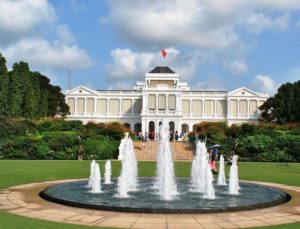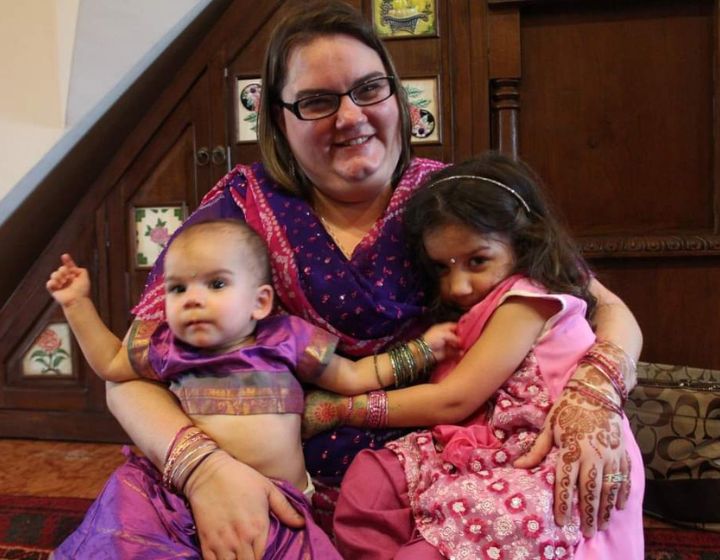
“In my naïve mind, the massive differences in the American curriculum and Singaporean curriculum would make the rest of American third grade a cakewalk,” American mama ponders whether repatriation back to the US was the right call.
My husband, Ravi and I lived in Singapore for seven years, from when our child Elanor (who uses they/them pronouns) was a year old until they were eight. In 2017 we moved back to the US. Elanor was eight and had just started Primary Three, and their younger sister Rhi (who was born in Singapore) was five and had just started Kindergarten Two.
The repatriation experience was much harder than I had expected. I went from Cold Storage to a grocery store that could fit three or more Cold Storages in it. The long aisle of cereal choices – easily over a hundred options. An entire aisle of potato chips. The magnitude of choices was overwhelming. Today I shop at my neighborhood grocery store that is roughly the size of my preferred Cold Storage because the cavernous one ten minutes away still feels too big. We went from one car to two because there’s no real public transportation option, and a two car family is pretty typical in the US. When Elanor gets their license at sixteen this year, we’ll add a third car to the family.
Read more That Mama stories here.
How moving back to the US impacted us
Of the four of us, Ravi had the easiest repatriation – he’d done it before and his life wasn’t disrupted in the ways ours were.
US schools run from August/September to June. Moving in February meant the end of the school year was only a little over three months away. We decided to have Rhi stay home with me and adjust to American life, given that we thought she’d benefit from a bit more time to mature and some one-on-one time with me. Within a month or two of moving back her memories of Singapore were hazy, and she had fully adjusted. Today, she’s our California Girl with a few memories here and there, but she mostly remembers Singapore from family stories and visiting it in the years since we’ve repatriated.
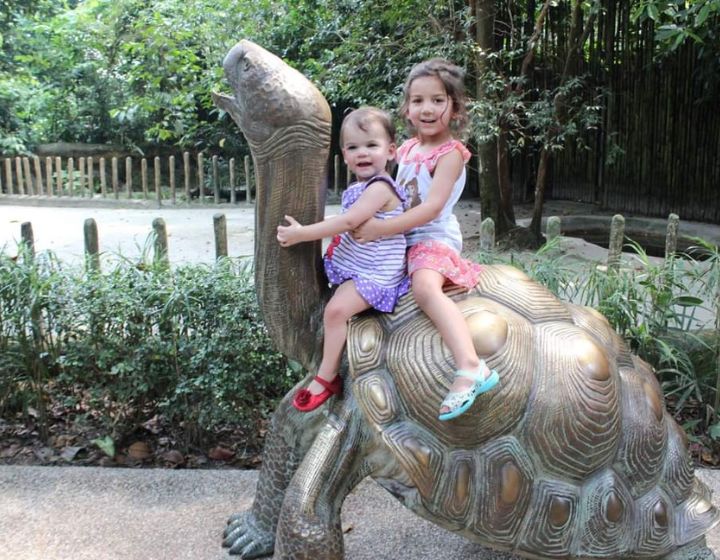
Elanor had the hardest adjustment of the four of us.
Elanor had completed Primary Two with good marks and had already done a month of Primary Three. In my naïve mind, the massive differences in the American curriculum and Singaporean curriculum would make the rest of American third grade a cakewalk, despite skipping around two-thirds of the year. In the second week of school, Elanor came to me with frustrated tears, and said “I don’t know how to do this!” The assignment was to write a story about two animals. Period. In Singapore, writing a story at that age meant being given four pictures and ten vocabulary words. The assignment would be to write a story with each paragraph telling the story of a picture, and the story would include those vocabulary words as the scaffolding and structure. I ended up doing a lot of scaffolding in their US English class for several months. The spelling differences between British and American English were also a minor problem.
While Elanor made a number of friends quickly, not every child was welcoming. Naturally Elanor talked about Singapore a lot. One day a boy in their class turned to Elanor and snapped, “Why don’t you go back to where you came from?” He was sent to the principal’s office, but Elanor came home distraught. They had next to no American anecdote. If they couldn’t talk about Singapore, they’d have to be silent. Luckily several friends had already reassured them that they absolutely wanted to hear Elanor’s stories. But I heard the worry beneath the anxiety and fear – Do I belong here? Can I ever fit in?
As for me, I felt like a circle trying to jam itself into a square hole. I got lost all the time if I didn’t use a GPS – even to Target, which was only a five minute drive away (I memorized that route quickly, though). To outsiders, the US probably comes off like a monolithic culture. But the truth is that the East Coast and West Coast are very different. I grew up in Massachusetts on the East Coast. California, on the West Coast, was strange. Dealing with the more laid back Californians when in Boston we’d be fast and efficient in getting something done was stressful.
Differences between parenting styles in Singapore and the US
Parenting styles between Singapore and the US were very different. In Singapore, I wasn’t quite a kiasu mom. I was described as so relaxed by Singaporean moms — although I was definitely on top of Elanor’s grades. These American parents made me look like kiasu-iest kiasu mom to ever be kiasu. I constantly questioned my parenting choices.
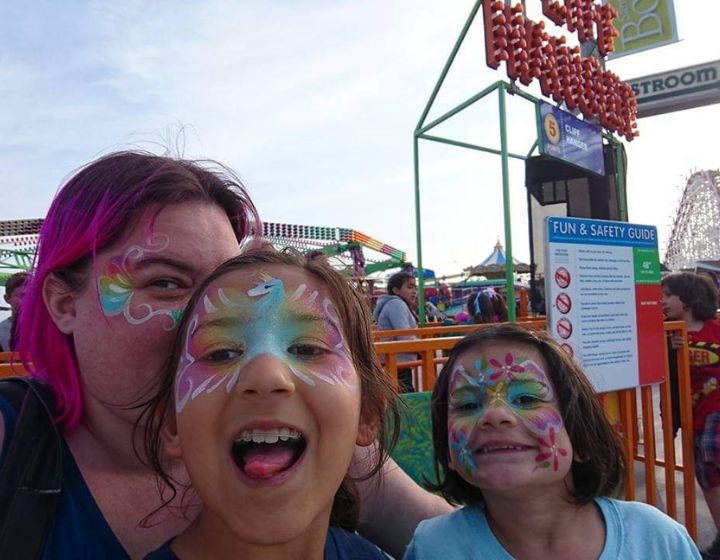
We’ve now lived in California for roughly the same amount of time we lived in Singapore and have settled into our lives here. When I reflect on my time in Singapore and our life since returning, my feelings are a complex tangled web.
On one hand, we’re Americans and we’re happy to be home. For Ravi, myself and Rhi it’s our home culture. We’re excited to have access to food we couldn’t get in Singapore. We’ve rented a house, and I get to decorate it with lights and outdoor decorations at Christmas. Ravi has blocked the kids and my petition to get a blow up lawn ornament, sadly. This is my sixth year leading Rhi’s Girl Scout troop. We’ve all made friends.
On the other hand, I feel like I gave up the vibrant multicultural city I loved for a fairly boring suburb. We recently celebrated Diwali. In Singapore, the kids and I would’ve gone to the Diwali market and picked up decorations, snacks, and gotten mendhi. They’d have the chance to wear Indian clothes more frequently (they currently have none because they have nowhere to wear them). They’d be able to speak Mandarin with native speakers. Our helper would’ve taught them to make Filipino food, and some Tagalog. We’d go explore Singapore from the Mangrove Walk to Orchard Road sparkling with Christmas lights. Chinese New Year was part of our calendar, and something we were excited for every year.
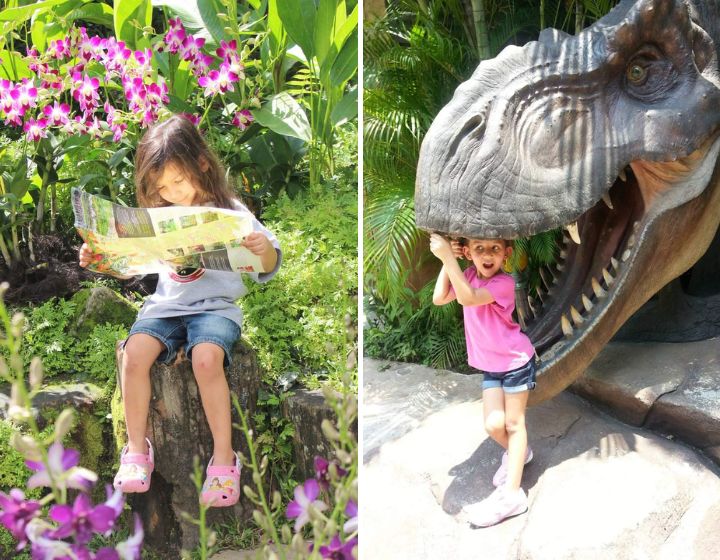
Singapore inspired me to pick up photography as a hobby because of the stunning greenery and opportunities to shoot around the city. I haven’t really picked up a camera other than using the one on my phone since moving here. Elanor longs for Five Star Chicken Rice on River Valley Road, and will still argue with anyone who claims Boon Tong Kee is better, which is saying something for my introverted teenager. They also miss River Hong Bao and the Lantern Walk. They loved all the water play areas they grew up playing in at the many malls. Both kids miss being able to swim year round.
Perhaps the thing that I most regret giving up is safety, specifically school safety from the threat of gun violence. I never had to worry about gun violence at my children’s schools in Singapore. Between 2009 and 2019 there were around 180 school shootings in the US, with the frequency increasing each year. I can’t think about it too much because I would go crazy, but there is part of me that worries that someday I’ll get a text letting me know an active shooter is on campus.
It’s not helped by Rhi describing what an active shooter drill is like and telling me that they think it’s stupid because it’s been proven that shooters can get wherever they want. Elanor has looked me in the eye and calmly told me that the first thing they do when they start class in August is to evaluate each classroom and try to figure out where they’d hide or how they’d get out. So how do I send my kids to school every day? I keep my fears in a little box at the back of my mind. It’s the best I’ve got.
So was it the right choice?
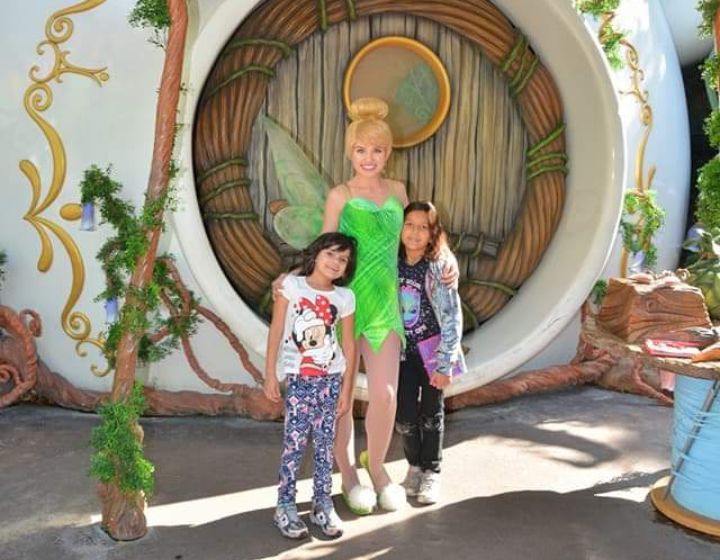
The gun violence is an issue. The political extremism of the Far Right is scary – the fact that the right to an abortion has been blocked in some states. Elanor is non-binary, which falls under the umbrella of the Transgender identity, and the US is becoming more hostile to people like them.
As I said, my feelings are tied up in knots. But when it comes to all of those issues, I want to be part of the solution. Elanor wants to be a therapist who helps LGBTQIA+ patients, and they’re going to get that education here (although for the reasons above, they plan to stay in liberal California). The best career opportunities for Ravi are in Silicon Valley where we live. Rhi didn’t fit in all that well in Singapore, despite being born there, and she is happy and thriving here.
Is there a better place for us to be? Singapore wouldn’t necessarily be a great fit anymore, when taking Elanor’s identity into account – I know queer Singaporeans, and they would be the first to say it’s not an easy experience. Even though I still question our choices, I do think we are where we belong. But I have no regrets over my seven years in Singapore, and it will always be “home” in a small corner of my heart.
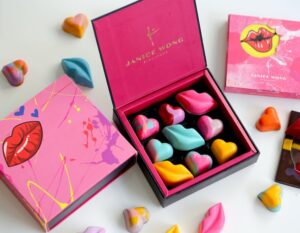





 View All
View All
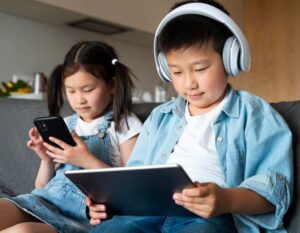

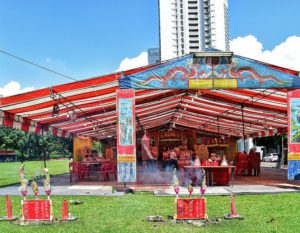
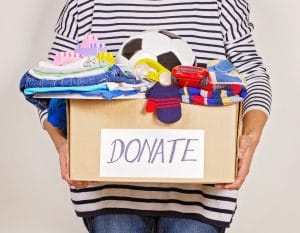
 View All
View All
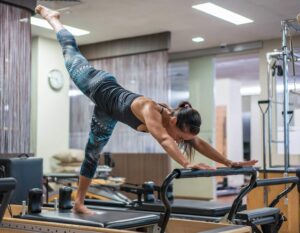
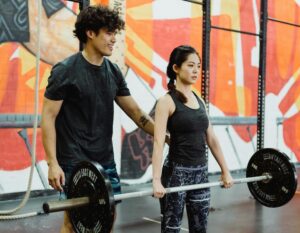





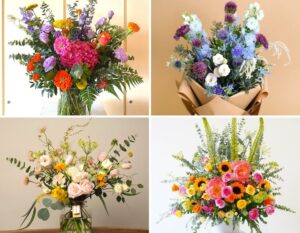


 View All
View All